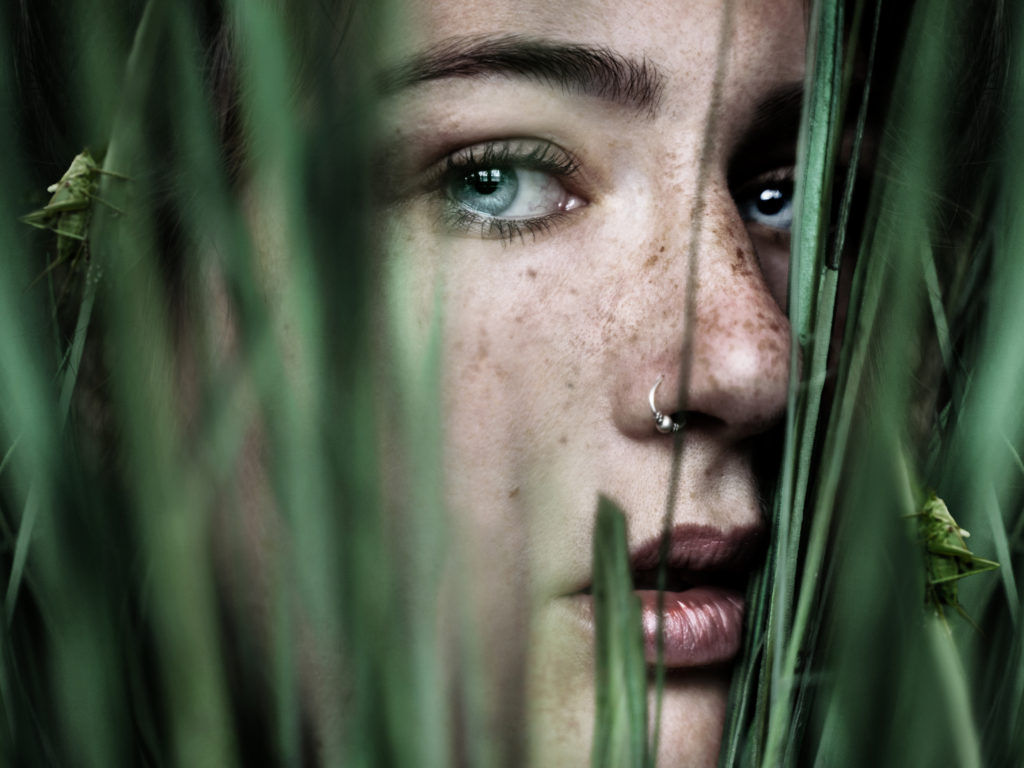Tube Rank: Your Guide to Video Success
Discover tips and insights for optimizing your video presence.
Striking Faces: The Secrets Behind Captivating Portraits
Unlock the secrets to stunning portraits! Discover techniques that make faces come alive and captivate every viewer with Striking Faces.
The Art of Expression: How to Capture Emotion in Portraits
Capturing emotion in portraits is a profound art that requires both technical skill and a deep understanding of the subject. To capture emotion effectively, photographers should start by establishing a connection with their subjects. This connection can be fostered through conversation and creating a comfortable environment, allowing the subject to express their true selves. Once this rapport is built, careful attention to lighting, background, and composition is crucial. Using soft, diffused lighting can help evoke a sense of warmth, while a minimalist background can draw focus to the emotion conveyed through the subject's expression.
Another essential element in the art of expression is understanding body language. Subtle cues like hand placement, posture, and facial expressions can all convey a range of emotions, from joy to introspection. To enhance the impact of a portrait, consider using techniques such as close-ups to capture intricate details, or experimenting with different angles to provide greater depth. Additionally, incorporating elements of storytelling into your portraits can elevate the emotional significance, encouraging viewers to engage with the image on a more personal level. Ultimately, mastering the art of expression in portrait photography involves not only technical prowess but also an empathetic approach to understanding human emotion.

Lighting Techniques for Stunning Portraits: Tips and Tricks
Lighting plays a crucial role in creating stunning portraits that capture the essence of your subject. Understanding the fundamentals of lighting techniques can elevate your photography to new heights. One popular method is the Rembrandt lighting technique, which utilizes a single light source to create a triangular highlight on the subject's cheek, resulting in a dramatic and engaging look. To achieve this effect, position your light source at roughly a 45-degree angle from your subject's face, allowing shadows to define their features.
Another effective technique is the use of natural light. Shooting during the golden hour, shortly after sunrise or before sunset, provides a soft, warm glow that enhances skin tone and creates a pleasing atmosphere. Additionally, consider using reflectors to bounce light back onto your subject, filling in unwanted shadows and adding dimension to your portraits. Experimenting with both artificial and natural lighting can help you discover the perfect combination that showcases your subject's personality beautifully.
What Makes a Great Portrait? Understanding Composition and Mood
Creating a great portrait begins with understanding the importance of composition. Composition refers to the arrangement of elements within the frame, which can significantly influence the viewer's perception of the subject. One effective method to enhance composition is through the rule of thirds. By dividing the frame into a grid of nine equal sections and positioning the subject along those lines or at their intersections, you can draw attention to the subject and create a more dynamic image. Additionally, paying attention to leading lines and the foreground can help guide the viewer's eye and create depth in the portrait.
The mood of a portrait is equally crucial as it conveys emotions and tells a story. To evoke a specific mood, consider using lighting effectively. Soft, diffused lighting can create a serene and peaceful atmosphere, while harsh shadows may add drama and intensity. Additionally, the background and the subject's expression play vital roles in setting the tone. A thoughtful expression combined with an appropriate backdrop can resonate with viewers, making them feel a connection to the subject. Ultimately, combining strong composition with a carefully crafted mood will result in a portrait that captivates and engages.